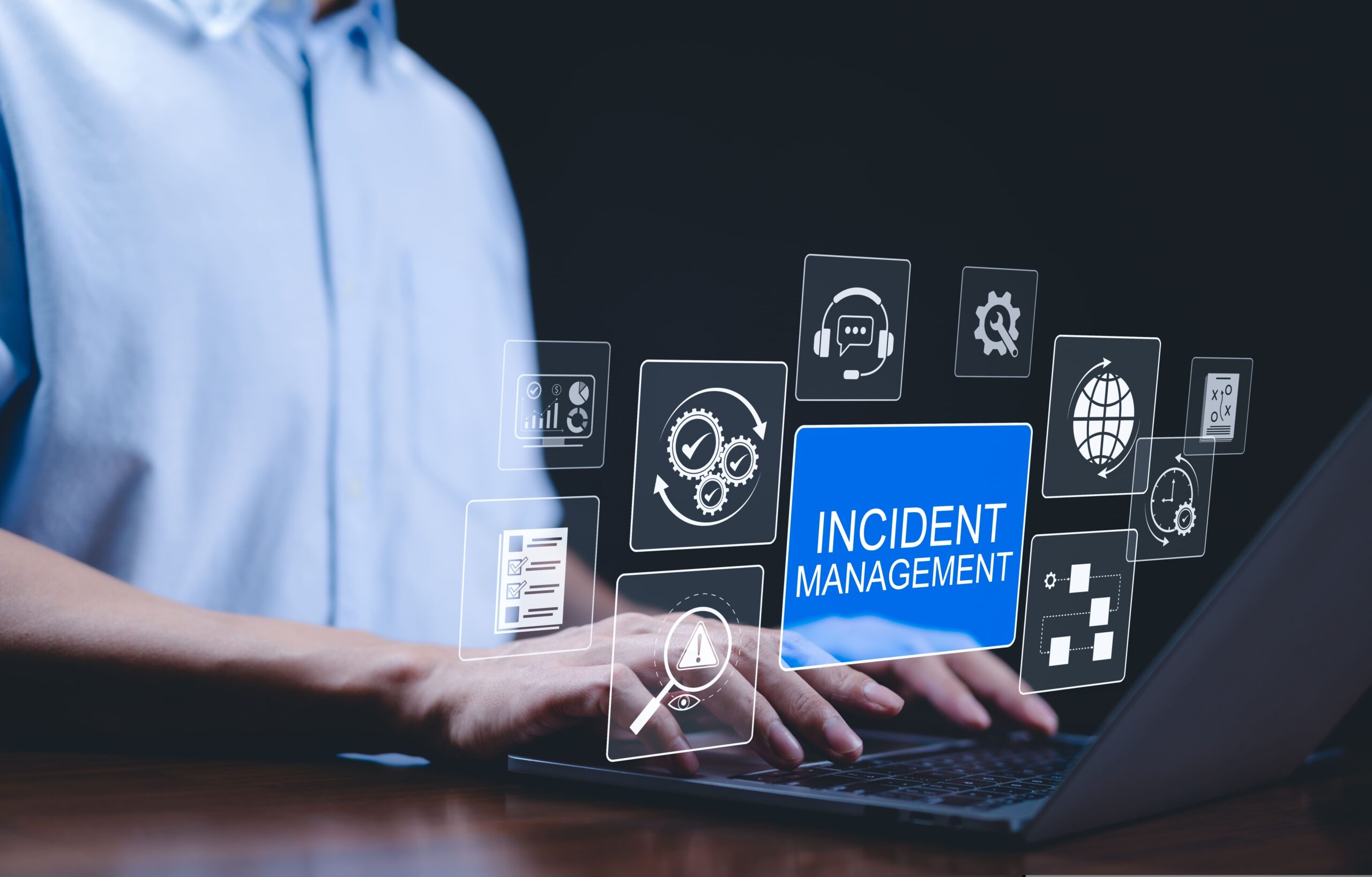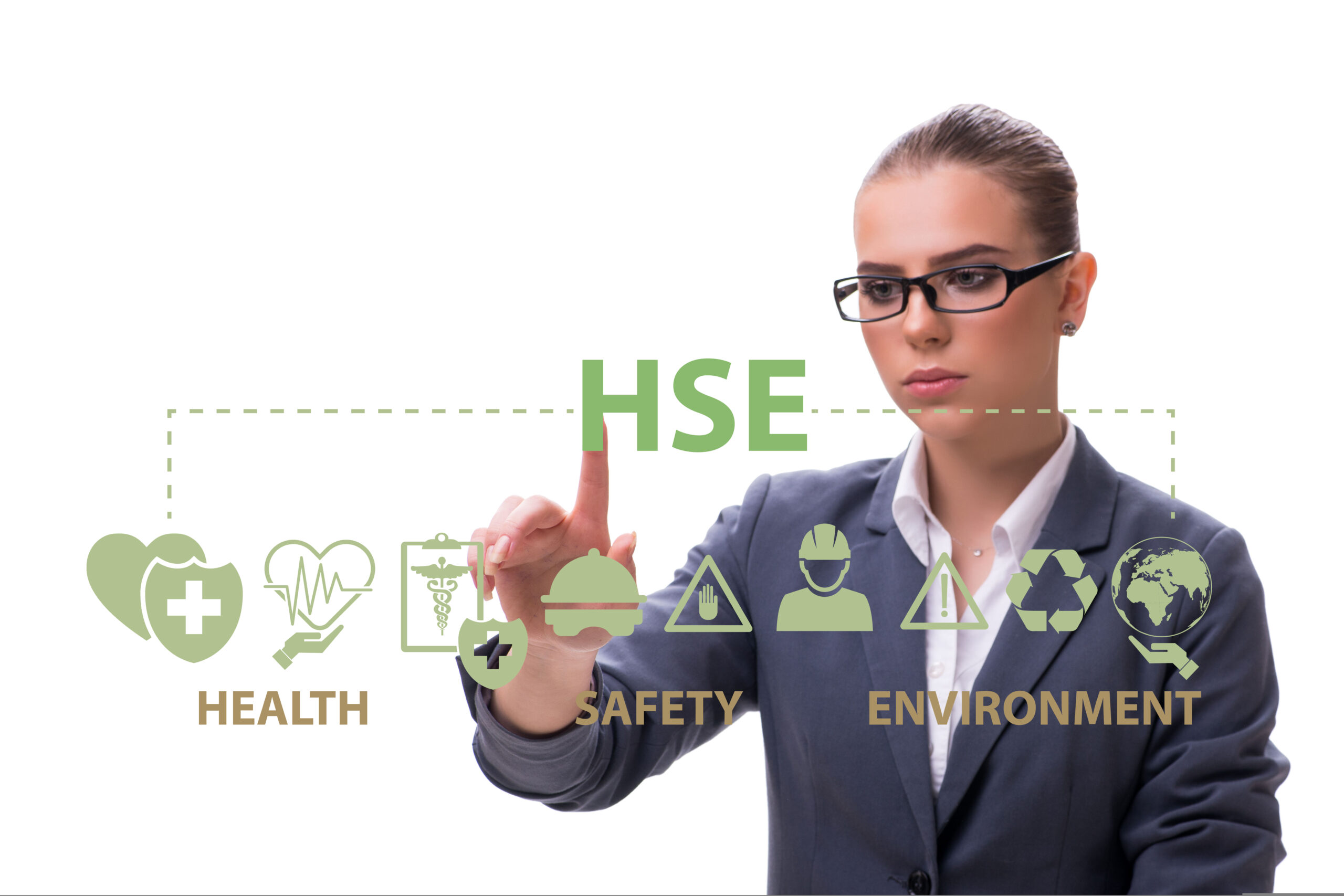Regular workplace inspections and observations provide a range of benefits to businesses and their employees. When implemented correctly, they help prevent illnesses, injuries, and incidents resulting from workplace hazards. Periodic workplace inspections and observations also ensure that businesses are complying with the safety standards set by the Occupational Safety and Health Administration (OSHA). OSHA has a team of trained industrial hygienists and safety professionals who conduct workplace inspections to assist businesses in abiding by regulations. Additionally, employees who work in environments with a strong safety program will feel safer at work. This positively impacts morale, productivity, and how the organization is viewed by the general public (reputation). Continue reading to discover three more reasons why your organization should conduct regular workplace inspections and observations.
3 Reasons Why Workplace Safety Observations & Inspections Are Necessary
1. Identification of pre-existing or potentially hazardous workplace conditions.
Periodic inspections of a worksite should be conducted by the EHS manager to identify any pre-existing or potentially hazardous conditions on the worksite. A hazard is generally anything that has the potential to cause harm. Aside from physical hazards that can lead to injuries, illnesses, or fatalities—hazards can also be biological, chemical, ergonomic, societal, or psychological. Workplace safety inspections need to include an inspection of all the elements that make up a workplace (e.g., people, environment, processes, equipment, resources, and products).
The EHS manager (or other professional trained in making observations) must take note of the overall environment. Is the lighting, temperature, ventilation, or noise level acceptable? Or does it pose a potential hazard to employees? Are the equipment, tools, and materials well-maintained and safe to use? Or could it cause an accident in the workplace? Are all employees outfitted with the correct personal protective equipment (PPE)? These are just some of the factors that require particular attention during an inspection.
Findings should be properly documented for a deeper analysis post-inspection. Proper documentation also helps assess the current status of adherence to government-mandated safety regulations. For greater efficiency in this process, EHS professionals should use an EHS software platform to manage their programs and data analytics. SafetyStratus’ enterprise EHS software platform offers a comprehensive software solution for performing a variety of tasks (including incident management, safety inspections and observations, and hazard and PPE assessments) in a unified, cloud-based platform.
2. Identification of the root causes for hazardous workplace conditions.
While identifying the potential and current hazards in a worksite is important, it’s just as important to identify the root causes for these hazards. Failure to pinpoint the underlying issues that allowed for a hazardous condition to exist within the workplace could result in recurring problems. In worst-case scenarios, repeatedly taking care of the symptoms of hazardous issues while never addressing the source, leads to wasted time and efforts and conditions becoming even worse or unmanageable.
For a work environment that is prone to accidents, investigations should be conducted during the workplace inspection to detect the underlying causes of these accidents. Are employees distracted or tired? Is the work environment messy or disorganized? To gather details essential for such an investigation and see how work is actually performed, the EHS manager needs to talk to the employees and their supervisors, bringing us to our final reason.
3. Improvements to safety recommendations from the feedback of employees and supervisors.
Employees and supervisors who work on the job site are the experts on current working conditions and operations. Ideally, they are regularly making safety observations, as they would be the ones actually witnessing unsafe behaviors, potential and existing hazards, and the current workplace practices (that may promote or compromise workplace safety). Safety professionals should regularly ask workers for their views on the degree of safety in the workplace. This will lend to the implementation of better safety recommendations and corrective actions that will improve the overall safety of the job site. Safety observation training also allow employees to take ownership of their well-being and that of their peers by teaching them how to identify at-risk behaviors. At-risk behaviors being seen as inappropriate will be reinforced when all parties (workers, supervisors, safety professionals, and upper management) are engaged and “on the same page” in cultivating a safer working environment.
Workplace Inspections and Observations Benefit All Parties
As previously stated, workers feel safer and less stressed in work environments that follow proper safety protocols. They are also more engaged and productive, positively impacting the company’s bottom line. Ultimately, a safe workplace is a less expensive workplace. Businesses that fail to create safe work environments are exposing themselves to potential lawsuits and other indirect costs associated with occupational injuries and illnesses. Lawsuits alone could result in thousands, or even millions of dollars, in losses. To prevent financial losses and other negative consequences, safety should be a core value for all businesses.
Author Bio
The SafetyStratus Research Advisory Group (RAG) brings together thought leaders from the global environmental, health, and safety community to promote best practices and provide key insights in the profession and the industries they serve. The Research Advisory Group also advocates, where practical, the intersection of and advances with the use of technology, such as the SafetyStratus enterprise EHS software platform. Group membership consists of representatives from across varied disciplines and market sectors as well as select members of the SafetyStratus team.
The primary objectives of the SafetyStratus RAG partnership are to:
- Build a strategic partnership between EHS practitioners and the SafetyStratus team.
- Provide engaging and practical content to the global EHS community.
- Provide discipline and market feedback specific to SafetyStratus products and services.
While the objectives of the RAG are varied, the primary public-facing outcome will be available through engaging and practical content found on the SafetyStratus resource pages. Various articles, papers, and other valuable resources will be produced and shared as part of an ongoing effort to cultivate a robust community. Ultimately, the SafetyStratus RAG will expand to have a broader reach and provide opportunities for more inclusion by all interested EHS professionals in a collaborative community environment.



